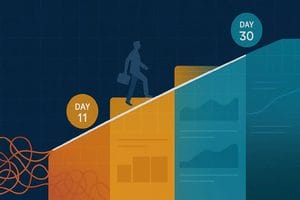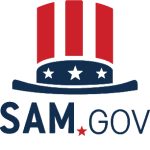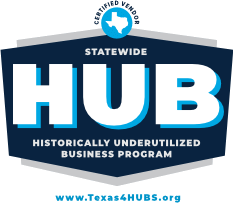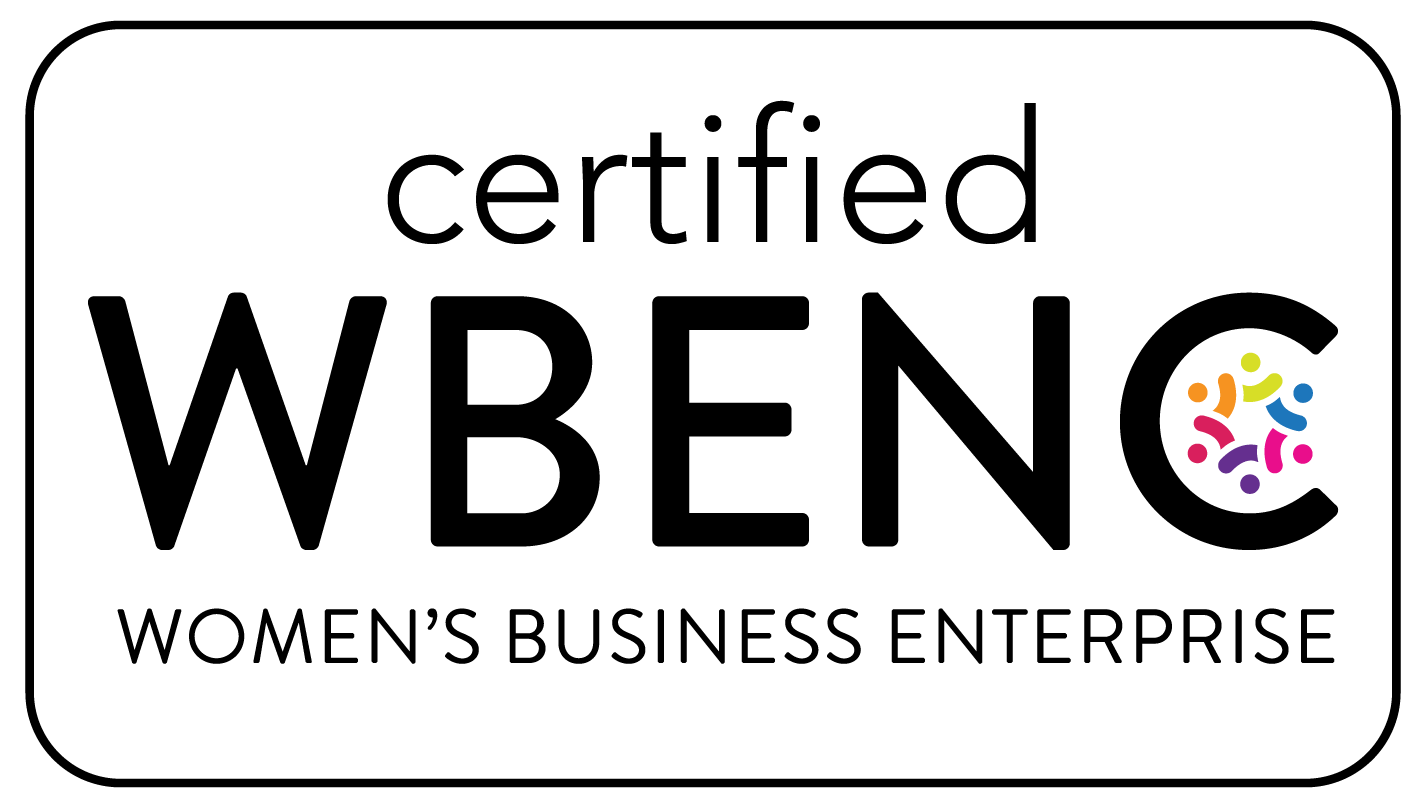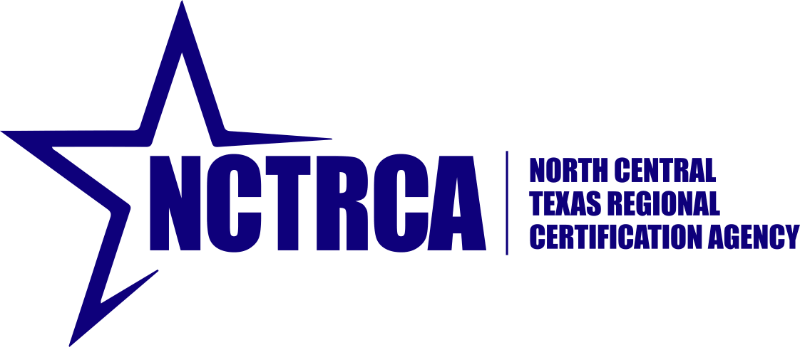TL;DR; ADHD often creates unique organizational challenges for professionals. This article explores how specialized coaching helps develop sustainable organizational systems that work with your brain rather than against it. Learn practical strategies for managing information overload, creating effective workflows, and maintaining organization long-term—even with an ADHD brain.
The Organizational Paradox of the ADHD Professional
As someone who coaches professionals with ADHD, I’ve heard countless variations of the same story: “I’m smart, capable, and good at what I do—but my disorganization makes everything harder than it needs to be.”
One technology director I worked with put it perfectly: “I can solve complex problems and lead innovative projects, but I can’t find the document I created last week. I feel like I’m constantly searching for things I’ve misplaced or remembering commitments at the last minute.”
This experience is remarkably common. The same ADHD brain that excels at creative thinking and problem-solving often struggles with the organizational systems that support professional success. The good news? With the right strategies and support, you can develop organizational skills that work with your brain rather than against it.
In our comprehensive guide to ADHD coaching for professionals, we explored the broad impact of ADHD in the workplace. Here, we’ll focus specifically on mastering organizational skills—a challenge that affects nearly every aspect of professional performance.
Why Traditional Organizational Systems Fail the ADHD Brain
If you’ve tried countless organizational methods only to abandon them weeks (or days) later, you’re not alone. The problem isn’t a lack of effort or intelligence—it’s that most organizational systems aren’t designed for how the ADHD brain works.
Traditional organizational approaches often:
- Require consistent attention to maintenance
- Rely heavily on working memory
- Assume neurotypical executive function
- Lack the novelty or engagement that motivates the ADHD brain
As one client told me, “I’ve bought every planner, tried every app, and read every organization book out there. They work for a week, then I forget they exist.”
This cycle of trying and abandoning systems can lead to feelings of frustration and self-doubt. But the issue isn’t your capability—it’s finding the right approach for your unique brain wiring.
The ADHD-Friendly Approach to Organization
Through years of coaching professionals with ADHD, I’ve discovered that successful organizational systems share certain characteristics. They are:
Visually engaging – The ADHD brain responds better to visual cues than to hidden information Simple to maintain – Complex systems require too much executive function to sustain Forgiving of inconsistency – They work even when you haven’t maintained them perfectly Aligned with your natural thinking patterns – They work with, not against, your brain’s tendencies
Most importantly, effective systems are personalized. What works for one person with ADHD may not work for another. This is where coaching makes a critical difference—helping you discover and implement approaches that match your specific challenges, strengths, and work demands.
Mastering Information Management
For many professionals with ADHD, managing the constant flow of information presents a significant challenge. Emails pile up, important documents get lost, and critical details slip through the cracks.
Creating an External Brain
One of the most powerful organizational strategies is developing what I call an “external brain”—a reliable system for capturing and retrieving information that doesn’t rely on memory.
A marketing executive I coached transformed her effectiveness by implementing a simple but consistent note-taking system. “I used to have brilliant ideas in meetings but forget them before I could act,” she shared. “Now I have one place where everything goes, and I actually remember to check it.”
The key elements of an effective external brain include:
A single capture point – One place (digital or physical) where all information goes Regular review habits – Scheduled times to process what you’ve captured Clear categorization – A simple way to organize information for retrieval Accessibility – The system must be available whenever and wherever you need it
For some clients, this means a digital tool like Evernote or OneNote. For others, a paper notebook works better. The specific tool matters less than the consistency of use and the habit of regular review.
Taming the Email Beast
Email management presents a particular challenge for professionals with ADHD. The constant influx of messages can quickly become overwhelming, leading to missed communications and delayed responses.
A financial analyst I worked with developed what he called his “email power hour”—a structured approach to managing his inbox:
- Process emails in batches at scheduled times (not continuously throughout the day)
- Use the “touch it once” principle—decide immediately what to do with each email
- Create templates for common responses to reduce decision fatigue
- Use folders or labels sparingly—complex filing systems often become abandoned
This approach reduced his email stress significantly while ensuring he didn’t miss important communications.
Creating Workflow Systems That Stick
Beyond managing information, professionals with ADHD often struggle with organizing their workflow—the systems that help them track and complete tasks effectively.
The Visual Task Management Revolution
For many of my clients, visual task management systems have been transformative. These approaches leverage the ADHD brain’s preference for visual processing and provide a constant reminder of priorities.
A project manager I coached implemented a modified Kanban system with three simple columns: To Do, Doing, and Done. Using a physical board in her office and a digital version (Trello) for remote work, she could see at a glance what needed attention.
“The visual aspect makes all the difference,” she explained. “When tasks are hidden in a list or app, they might as well not exist for my brain. Seeing them physically reminds me they’re there.”
The Power of Routines
While the ADHD brain often resists rigid schedules, it can thrive with flexible routines that provide just enough structure without feeling constraining.
One executive developed what he called “bookend routines”—consistent processes for starting and ending his workday:
Morning Routine:
- Review calendar for the day
- Identify top three priorities
- Check for urgent emails (10 minutes maximum)
- Plan first focus block
Evening Routine:
- Capture any loose ends from the day
- Identify tomorrow’s priorities
- Clear desk for fresh start
- Review any commitments made
These routines created a framework for his day without dictating every minute. They also reduced the cognitive load of constantly deciding what to do next—a particular challenge for the ADHD brain.
Organizing Physical and Digital Spaces
Disorganized workspaces—both physical and digital—can significantly impact productivity and stress levels for professionals with ADHD.
The Minimalist Workspace
Many of my clients have found success with a minimalist approach to their physical workspace. This doesn’t mean stark or empty—it means intentional.
A legal professional transformed her effectiveness by implementing what she called her “zone system”:
- Active work zone (desk center): Only current project materials
- Reference zone (right side): Resources needed for active projects
- Capture zone (left side): Collection point for incoming items
- Archive zone (drawers/shelves): Organized storage for completed work
This approach reduced visual distraction while ensuring everything had a designated place.
Digital Organization That Works
Digital clutter can be just as distracting as physical disorganization. A technology leader I coached developed a simple system for managing his digital environment:
- Desktop contains only current project folders
- Documents are named with a consistent convention (date-project-description)
- Applications are organized into folders by function
- Notifications are disabled except for truly urgent communications
He also implemented a weekly “digital cleanup” session—just 15 minutes every Friday to maintain his system.
The Role of ADHD Coaching in Building Organizational Skills
While the strategies above can be immediately helpful, lasting organizational change often requires the structure and support of coaching. As explored in our articles on ADHD leadership strategies and productivity techniques, coaching provides several unique benefits for developing organizational skills:
Personalization Beyond Generic Advice
A coach helps you identify which organizational approaches align with your thinking style, work demands, and natural strengths. This personalization is crucial—what works for one person with ADHD may be ineffective for another.
Accountability and Consistency
Coaching provides regular check-ins and accountability, helping you maintain new organizational systems long enough for them to become habits. This consistency is often the missing piece that allows organizational changes to stick.
Addressing Emotional Barriers
Organizational challenges often have emotional components—perfectionism, shame about past failures, or anxiety about missing information. Coaching creates a safe space to address these barriers and develop healthier perspectives.
Skill Building and Practice
Effective organization isn’t just about tools—it’s about skills like decision-making, prioritization, and maintenance routines. Coaching provides guided practice and feedback as you develop these capabilities.
Before and After: The Organizational Transformation
To illustrate the impact of organizational coaching, consider this composite case study based on several client experiences:
BEFORE:
- Desk covered with papers and sticky notes
- Email inbox with 1,000+ unread messages
- Multiple incomplete to-do lists scattered across notebooks and apps
- Frequently missing deadlines or appointments
- Spending hours searching for information
- Feeling constantly overwhelmed and behind
AFTER:
- Clean workspace with clear zones for different activities
- Email managed through scheduled processing times
- Single, visual task management system
- Calendar used effectively for time blocking
- Information captured in one accessible system
- Feeling in control and on top of responsibilities
This transformation didn’t happen overnight, and it didn’t require becoming a different person. It came through developing systems that worked with, rather than against, the client’s ADHD brain.
The 7-Day Organization Challenge
Ready to start improving your organizational skills? Try this simple 7-day challenge:
Day 1: Capture Create a single place to capture all information and tasks. This could be a notebook, a digital app, or even a voice recorder. The key is consistency—everything goes in one place.
Day 2: Clear Spend 30 minutes clearing your primary workspace. Remove everything except what you need for current projects. Put other items in a “to sort” box for later.
Day 3: Calendar Block 15 minutes to review your calendar for the next two weeks. Add any missing appointments or deadlines. Consider adding time blocks for important tasks.
Day 4: Categorize Review what you’ve captured so far. Create 3-5 simple categories for organizing this information (e.g., “Urgent,” “Projects,” “Waiting For”).
Day 5: Communicate Identify any outstanding emails or messages that need responses. Spend 30 minutes catching up on these communications.
Day 6: Create Develop one simple routine—either a morning startup or evening shutdown process—to maintain your organization. Write it down and put it where you’ll see it.
Day 7: Consolidate Review what worked well this week. What one organizational habit would make the biggest difference if you maintained it? Commit to continuing this practice.
This challenge provides a starting point, but sustainable change typically requires ongoing support and accountability—which is where coaching becomes invaluable.
Frequently Asked Questions
I’ve always been disorganized – how can coaching succeed in changing something so ingrained?
It’s true that organizational habits form over a lifetime, but it’s absolutely possible to change them with the right approach. Coaching works because it doesn’t try to change you overnight. Instead, we identify one or two key changes that would make the biggest difference (say, using your calendar religiously), and we start there, with support and check-ins. Over time, these small changes build into new habits. We’ve seen clients who believed “I’m just a messy person” completely transform their work habits through consistent coaching and effort. ADHD minds crave structure even if they resist it at first – with patience and the right system, you can become more organized.
Are there any tools or apps you recommend for people with ADHD to stay organized?
There are many, and it often depends on personal preference. Some popular ones among ADHD professionals: Trello or Asana (visual task boards), Todoist (simple to-do list with priorities), and Evernote or OneNote (for keeping notes and documents in one place). Calendar apps with reminder features (like Google Calendar or Outlook) are essential. In the article, we discuss how to use these effectively, but remember, a tool is only as good as your habit of using it. Coaches often help clients integrate a tool into daily routines so it actually has an impact.
How do I keep from backsliding into chaos after I get organized?
The risk of backsliding is real – anyone can clean up their desk once, but keeping it that way is the challenge. This is where coaching shines: through accountability and maintenance strategies. A coach will not only help you set up an organized system but also devise a maintenance plan. For example, they might help you establish a 10-minute end-of-day ritual to tidy up and review tasks. They’ll check in on your progress and help you troubleshoot if things start slipping. Over time, these practices become second nature. Many clients say that having that external accountability for a few months was critical to make the organization stick for the long term.
My role involves managing a team – can improving my personal organization really affect my team’s performance?
Absolutely. Leaders set the tone. If you are organized, you communicate better, you’re more reliable with deadlines, and your team doesn’t have to scramble because something slipped through the cracks. It builds trust: your team knows they can count on you to have things in hand. Conversely, if you’re disorganized, your team might get confused instructions or last-minute fire drills, which hurts morale and output. By improving your organizational skills, you’ll likely see your team operate more smoothly as well – it’s a ripple effect. Coaching can even extend into how you organize team workflows (like effective delegation and follow-up systems), amplifying the impact beyond just your own desk.
Get (and Stay) Organized: Your Next Step
If you recognize your experience in what I’ve described, know that you’re not alone—and that change is possible. Many professionals with ADHD have transformed their organizational skills through targeted coaching.
At Tandem Coaching, we specialize in helping busy professionals develop organizational systems that stick. Our approach combines evidence-based strategies with personalized support to create lasting change.
Ready to get organized and stay that way? Schedule a complimentary consultation to explore how ADHD coaching can help you develop organizational skills that enhance your professional effectiveness. During this session, we’ll discuss your specific challenges and goals, and determine if our approach aligns with your needs.
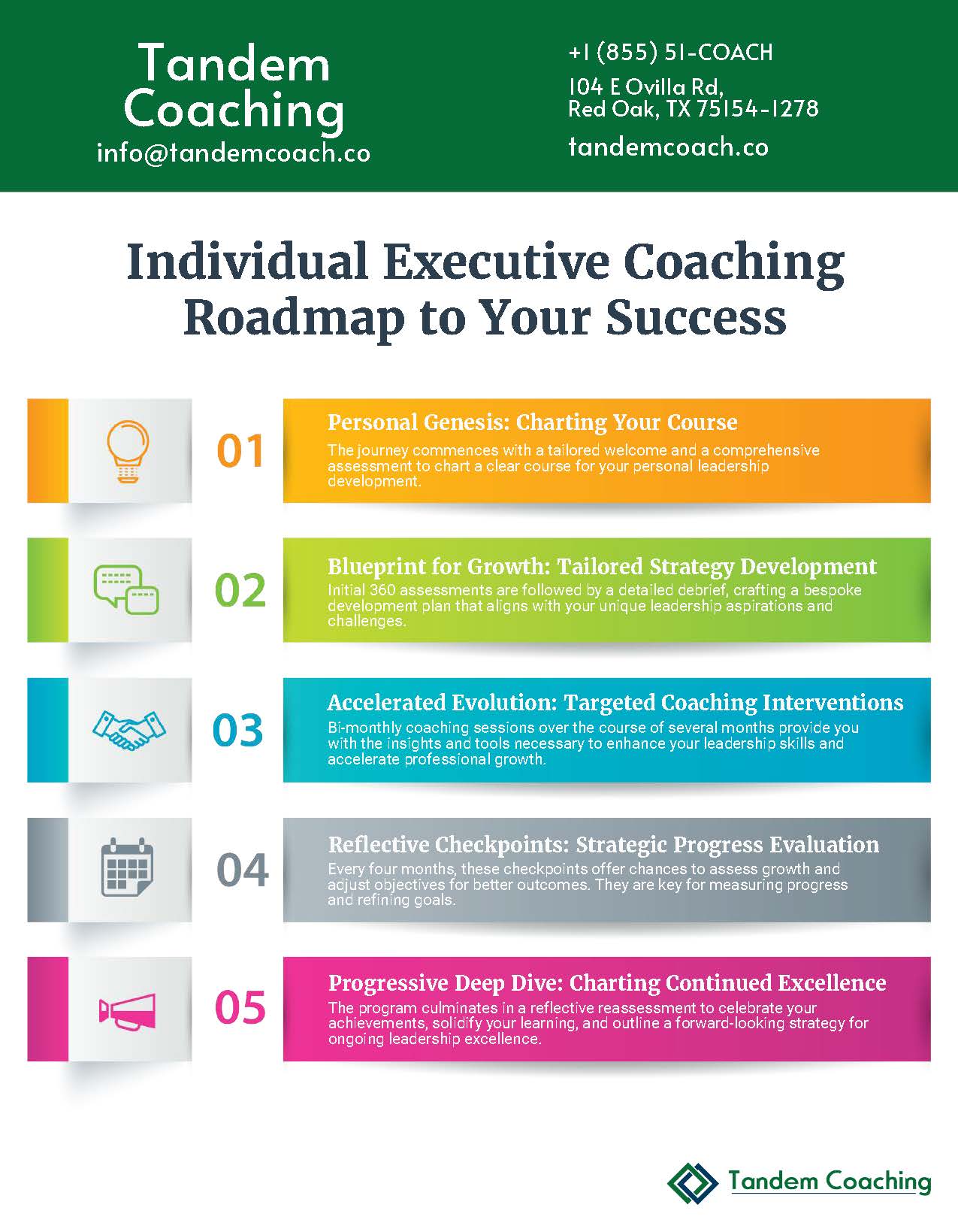

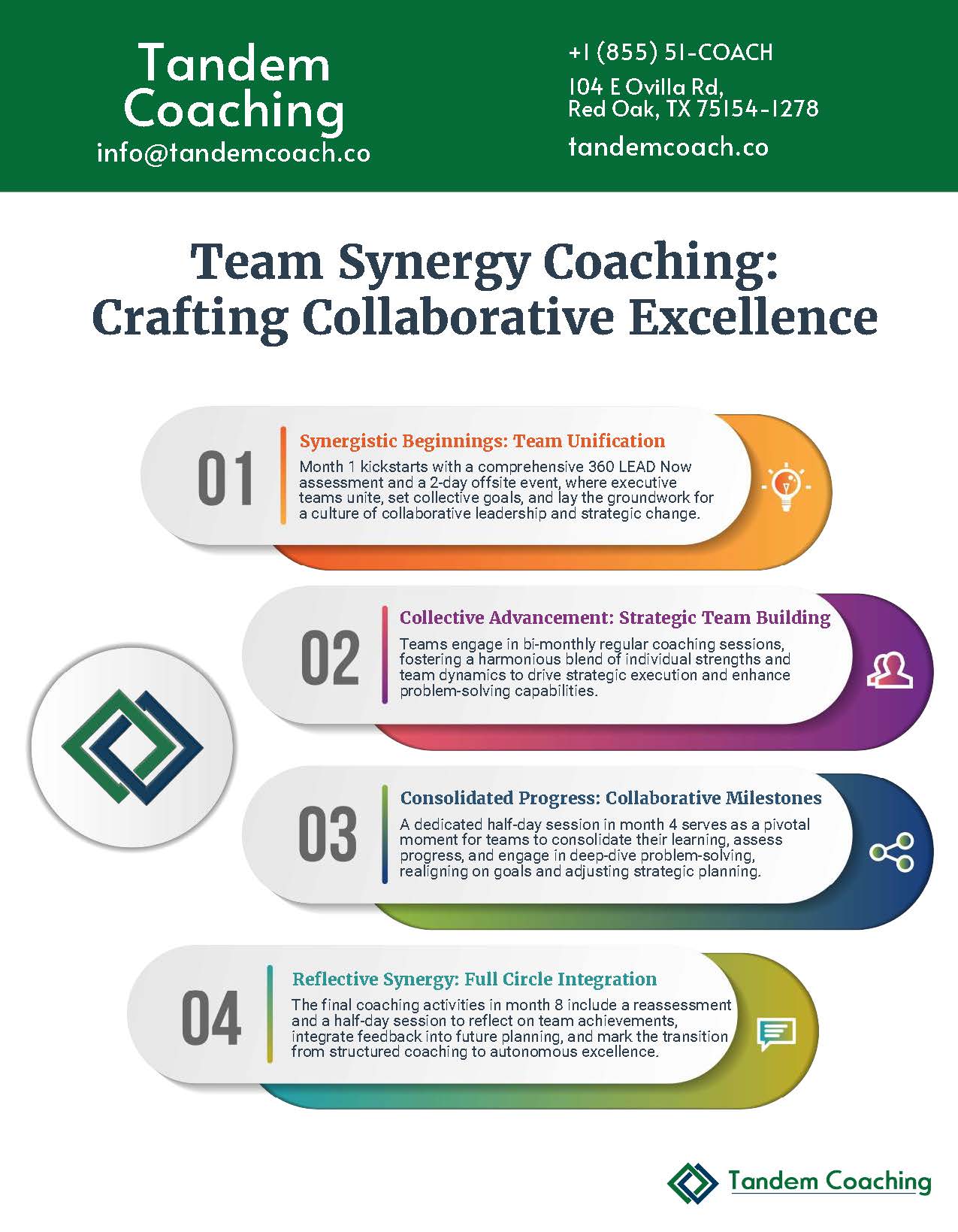
Boost Your Leadership Team Success!
Take your leadership team to the next level and achieve great results with our executive coaching.
Learn how our coaching and ASPIRE method can change things for you—get a free brochure to begin your journey.
About the Author
Cherie Silas, MCC
She has over 20 years of experience as a corporate leader and uses that background to partner with business executives and their leadership teams to identify and solve their most challenging people, process, and business problems in measurable ways.
